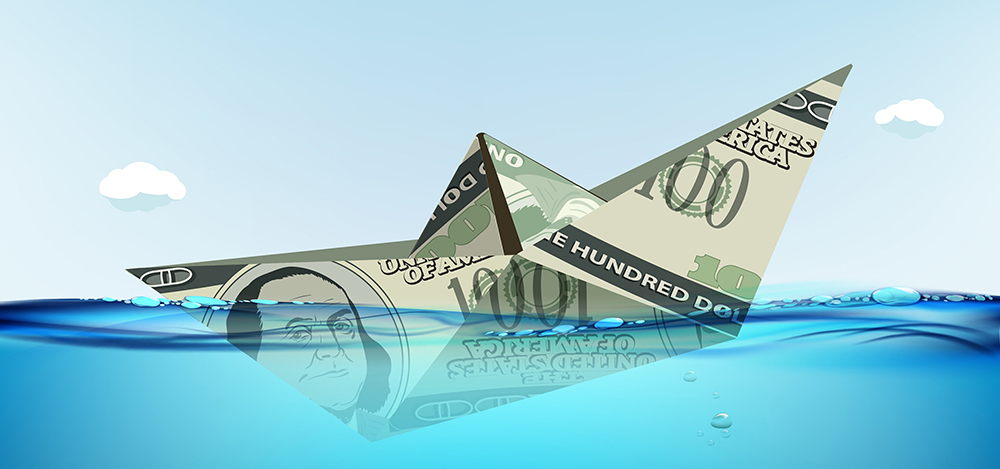Water on Earth is becoming scarce. Which investors are buying it now?
December 2021: By 2050, half of the world’s population will live in regions that are experiencing water shortages, writes Lina Kolesnikova.

Image: 123rf
In the summer of 2020, the United States suffered from extreme hot weather and massive wildfires. Wall Street took advantage of these circumstances and started trading futures contracts on water supply in American’s most populous state, California. This state has low rainfall and there are huge demands on its limited water supply from agriculture, industry and residents.
A futures contract is an agreement to buy or sell an asset at a specific time in the future at an previously determined price. Futures have historically been traded for commodities such as oil and precious metals. The fact that water has joined gold and oil reflects the fear that this natural resource could be in deficit one day. This may sound like a paradox, as water is the most abundant resource on our planet, but here we are talking about its deficit, which can cause water conflicts and even wars.
We are already witnessing inter-state conflicts between countries that are upstream of large rivers with those that are downstream. Most of these revolve around dam building and water extraction, with one example being in Central Asia, when Tajikistan and Kirgizstan are leaving Kazakhstan and Uzbekistan thirsty.
Today, about a quarter of the world's population faces severe water shortages exacerbated by climate change – and with that is coming conflict, social unrest and migration. According to the World Resource Institute, 17 countries face "extremely high" levels of water stress, while more than two billion people live in countries experiencing "high" water stress.
Another issue is that water systems, as part of critical infrastructure (CI), could be a target for terrorists, rebel groups and weaponised in tribal disputes.
Some countries are already considering selling fresh water; this has been discussed in Russia in a project that is considering selling water from the Altai region to China.
Is now the right time to consider a change of the paradigm, moving from critical infrastructure to critical resources? Or to expand from critical infrastructure alone to critical resources and critical infrastructure?
We don’t need to reinvent the wheel; we can take Maslow’s hierarchy as a starting point. Our basic needs are physiological – air, water, food, shelter, sleep, clothing and reproduction. Within this, three main resources are vital – atmosphere (air), water (drinking) and food (eating).
Looking at Maslow’s hierarchy, one can easily distinguish those resources (or ‘assets’) that depend on and can be arranged by humans (shelter, clothing, reproduction, etc) and those that don’t.
The ‘assets’ that cannot be arranged by humans are critical resources and it is possible to build a hierarchy of these resources, ranging from ‘absolutely critical’ to ‘somewhat critical’ and further down to ‘not so critical, but important’. Over the years, more and more resources have become increasingly important for individual humans, as well as for groups of people (societies).
Then the critical infrastructure paradigm moves on to structuring consideration about critical resources from individual human and societal perspectives. Current critical infrastructure is an important set of infrastructures and processes that bring critical resources to humans and societies.
Historically, most critical resources have often been overlooked. For decades, we have concentrated on discussing resources such as oil and gas. However, we need to recognise that these resources are important to some aspects of human lives (what some term 'convenience' resources), but they are not ‘absolutely critical’. However unpleasant or disruptive, humans could live – and in the past have lived – without oil and gas. But we cannot live without breathable air, potable water and edible food.
The time has come for humans to take critical resources into account and to take action on finding agreements about how to manage and to exchange these resources.
In this respect, do water futures provide a hint about one possible approach to this forthcoming arrangement?